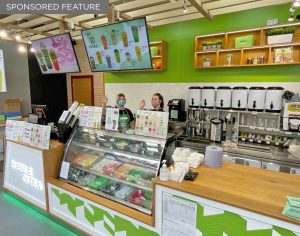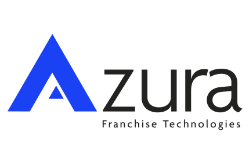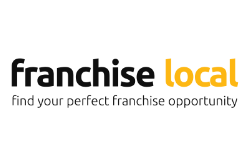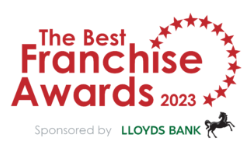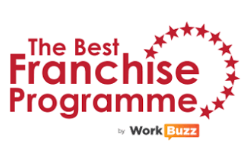The UK and the US share history and culture. Both are wealthy, developed economies sharing a common tongue, strong restaurant sectors and welcome new technology. But there are clear differences too. When it comes to restaurant franchising, the US generally – but not always – tends to be further ahead of the UK in terms of adopting new innovations and providing a more satisfying customer experience and it’s worth thinking about why. Here are five key differences to consider.”
Order customisations”
Customers worldwide are becoming more aware of their dietary requirements and preferences. A celiac might require gluten-free foods, a vegan will want their meal prepared with no dairy or meat products and someone who doesn’t like onions will obviously want the onions taken out of their burger. In the US, there are fewer restrictions against tailoring your meal order to your individual requirements. In the UK, however, there’s still in some cases an unspoken assumption that voicing your preferences, customising your order and getting the food you want is an embarrassing hassle.”
Of course, this attitude means the experience for many customers isn’t optimal since they’re being presented with an imperfect order because they can’t have their meal with the ingredients they want. For instance, a regular, middle-of-the-road cheeseburger can become something transcendent if you just add bacon. Here, the UK should take inspiration from the US and make customisation easier wherever possible. Technology can help destigmatise the process of tailoring customer orders through self-service kiosks and EPOS systems that support conversational ordering. This feature makes taking complex orders much easier.”
Of course, customisation isn’t everything and for restaurants with simpler offerings, the ghost kitchen model can also drive efficiency. Restaurant chains can set up outposts in car parks and other quiet areas to serve regions where it’s unprofitable to open a physical location – using pre-made meal setups for maximum efficiency.”
One of the areas where the US has a clear lead on the UK is simply giving customers what they want. Franchises in the UK would benefit from following its example.”
Customer service
The US’ tipping culture is pervasive. In the UK, it’s not quite the same and though tips are becoming more commonplace, they’re far from assured.”
Now, this is balanced somewhat by the fact that servers in the US can be paid less than their UK counterparts and tips therefore become a necessary supplement to wages. But they’re also more inclined to provide superior service because of it.”
UK restaurants should pay all staff a living wage but they must also think about how to create similar motivation for their team. After all, if they can build a more positive and rewarding working environment for their employees, they can boost service levels at the same time. This might even result in staff earning more tips.”
Staffing
US and UK restaurant franchises can find it very difficult to attract experienced staff. In the UK, it’s commonplace to rely on cheaper labour from abroad. These can be workers from countries with underdeveloped economies, for example. One can find the higher wages of Britain’s restaurant industry quite attractive compared to their home nation. In the US, the low wages associated with this work tends to put people off.”
This means getting experienced staff can be challenging in both countries – particularly in the UK, where Brexit has made an uncertain destination for foreign workers. If the talent is unwilling to come, UK franchises will need to explore alternative ways to optimise their staffing costs using restaurant technology. Self-order kiosks and other customer-led ordering tablets can help this, while kitchen display systems (KDS) can drive efficiency with clearer instructions and cook times and make it more practical to hire less experienced – and less expensive – chefs.”
Technology
Again, the UK has been very good about technology adoption in restaurants, particularly in areas such as home delivery, where Deliveroo, Uber Eats and Just Eat have cornered a growing market.”
But delivery is just one dimension of restaurant technology. In the US, far more work has been done in areas such as self-ordering through mobile apps, kiosks and tableside tablets. McDonald’s is a leading example of this with plans to roll out self-order kiosks across its 14,000 plus US stores already well underway. Comparatively, the UK remains in the early stages of adoption.”
Tableside ordering tablets which is much more commonly found in the US than the UK, can be particularly helpful. The process of getting a server to come by a table multiple times can be frustrating for employees too, so it can simplify ordering for customers and get buy-in from serving staff with ease.”
Payments
In this area, the UK is definitely ahead, mostly thanks to its thriving fintech scene. Modern payments technology is used with far more consistency and regularity – where in the US, even chip and pin cards aren’t widespread and cash remains king.”
If it seems a little inexplicable to be ahead on ordering but behind on payments, it’s only because it is. After all, modern consumers want to pay with their card, phone, an app and via their preferred gateways. No restaurant is at a disadvantage for allowing them to do so.”
Clearly, restaurants can benefit from modernising their offerings. Customers of 2019 expect more and food franchises both in the US and UK should work harder to give it to them.”



